Not perfect? Then you’ve got some things in common with the world’s most successful supermodels. Contrary to popular belief, models are just as flawed as everyone else – they just have the means, money and time to hide them better. You don’t have to be perfect to be a successful model. In fact, some agencies and brands prefer to work with models who stand out for their imperfections.
Do Models Have Flaws?
A lot of people forget that there are many different types of modelling jobs, not just the infamously strict high-fashion genre. While it’s true that catwalk modelling generally prefers models who meet their strict requirements and have fewer people who differ from this, other forms of modelling prefer to celebrate the beauty in our differences and are more flexible with their requirements.
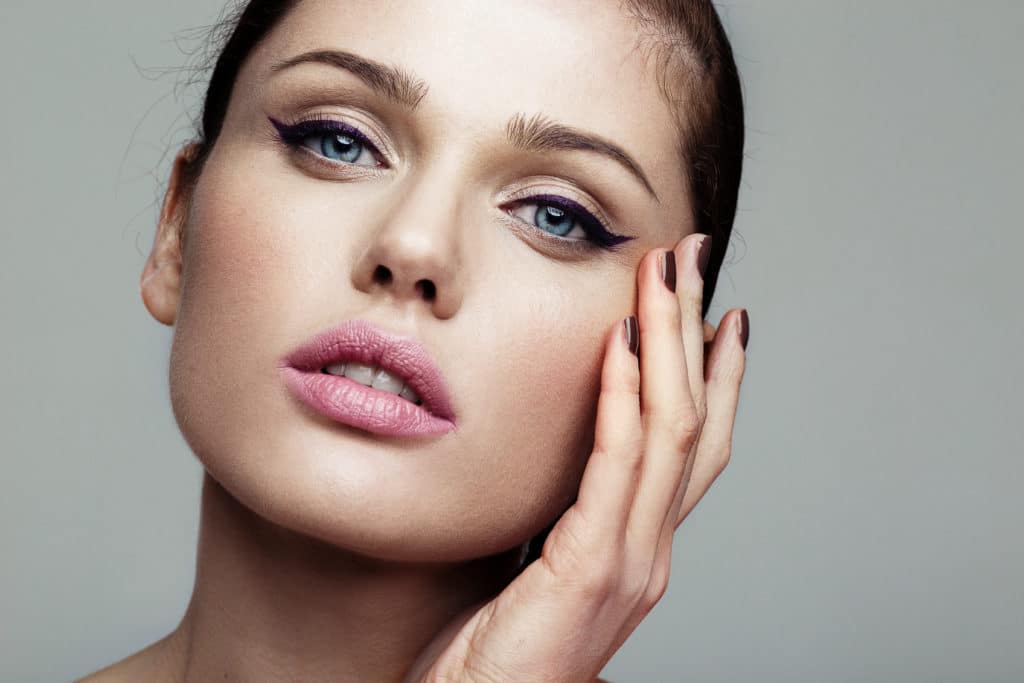
What Standards Must Be Met for Catwalk Modelling?
Catwalk and high-fashion modelling has notoriously strict requirements. These include:
Height. A catwalk model must be tall. Female models must be around 5’9″, while male models must be around 6′.
Build. Catwalk models must have a slim build with a low body fat percentage. They have long legs, flat tummies and toned limbs. Female catwalk models are usually hourglass-shaped.
Age. Catwalk models are between the ages of 16 and 24.
Sculptured. Their faces are striking with high cheekbones and a defined jawline.
Good skin and hair that is preferably not chemically enhanced are also desired.
Which Models Have Defied the Odds in High Fashion?
As always, there are models that have defied the stereotypical requirements and forged successful careers in high fashion despite their “imperfections”. One such model is Winnie Harlow, who has vitiligo. Vitiligo is a skin condition that causes the skin to lose its pigment. She became famous on cycle 21 of America’s Next Top Model’ and has since worked at London Fashion Week. She has also modelled for Glamour, Cosmopolitan and Vogue Italia magazines. In 2018, she walked in the Victoria’s Secret Fashion Show.
Another top model who has defied the odds is Kate Moss. Kate is only 5’7″, so far shorter than the average supermodel. She became known as the ‘anti-supermodel’ for being so different from her peers, who were all tall and hourglass-shaped (for example Naomi Campbell). Moss, in comparison, was known for her ‘heroin chic’ look. She has worked with many top brands including Chanel, Balenciaga, Burberry and Versace.
Andreja Pejic is a transgender model who was initially known for her androgynous look. Since undergoing surgery, Andreja Pejić has become the first openly transgender model profiled by Vogue. She is also the first-ever trans-woman to sign a cosmetics contract.
Halima Aden is the first model to wear a hijab and burkini in the Sports Illustrated Swimwear Issue, and she is the first hijab-wearing model to feature on the cover of British Vogue. She has walked multiple international runways and has worked with brands including Yeezy, Maxmara and Alberta Ferretti.
Taylor Hill, a supermodel who was scouted as a teenager, has spoken out about her struggles with facial acne. Despite it, she has been a Victorias Secret Angel since 2015 (she was the youngest model to work on their rotation at only 18 years old) and has appeared in multiple editions of Vogue. She has also worked with Versace, Armani, Valentino, Moschino and Dolce & Gabbana to name a few.
Clearly, even the strictest of rules can be broken in the modelling world.
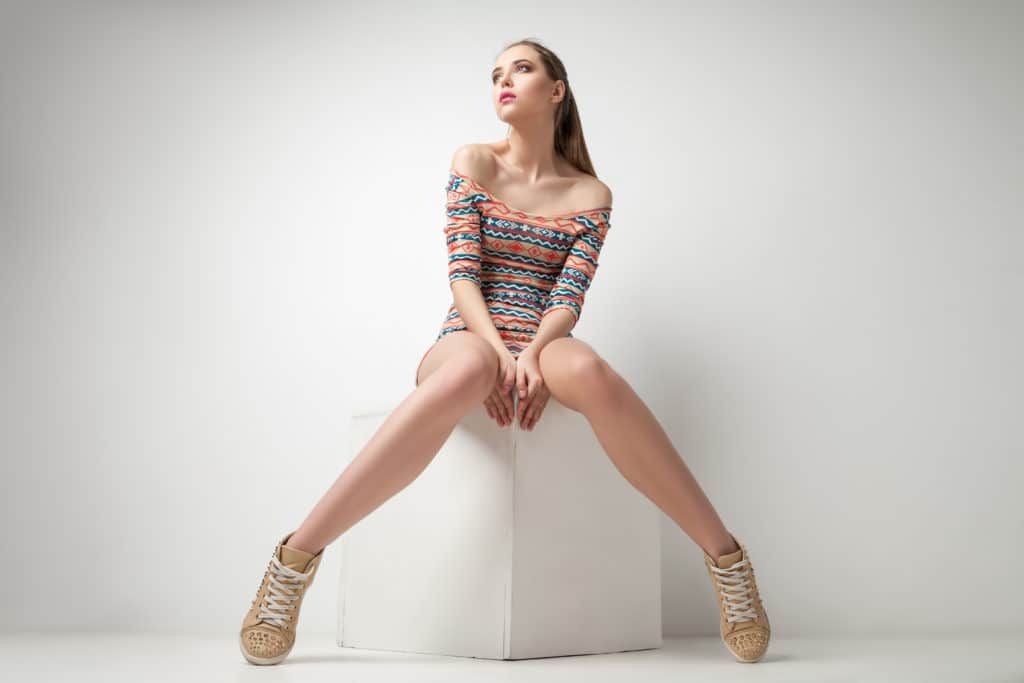
What Requirements Do Other Genres of Modelling Have?
The fashion industry in general has a diverse range of models to cater to every brand’s requirements. The other genres of modelling including fitness, petite, plus-size, body parts etc are much more flexible. Some modelling agencies specialise in specific looks – for example, plus-size and petite. This means that anyone with limitations in high-fashion still has a chance of acceptance in other areas of modelling.
The fashion world adapts to whatever is currently in fashion. As trends are constantly changing, this means the people who market them change too. More plus-size models are being hired than ever before and that number looks set to continue increasing.
Alternative modelling looks for models who have tattoos, piercings and other body modifications that will appeal to the audience they cater to.
Commercial modelling looks for models who have a more girl/body-next-door look as their target audience is the everyday person.
Fitness modelling looks for models who have athletic, well-maintained bodies and who have attractive faces.
Petite modelling looks for models who are shorter than the average requirement.
If you have something that makes you stand out, it is worth researching which agencies work with your specific feature. These agencies will be more likely to find you opportunities because they will work with brands who are looking for that feature in particular.
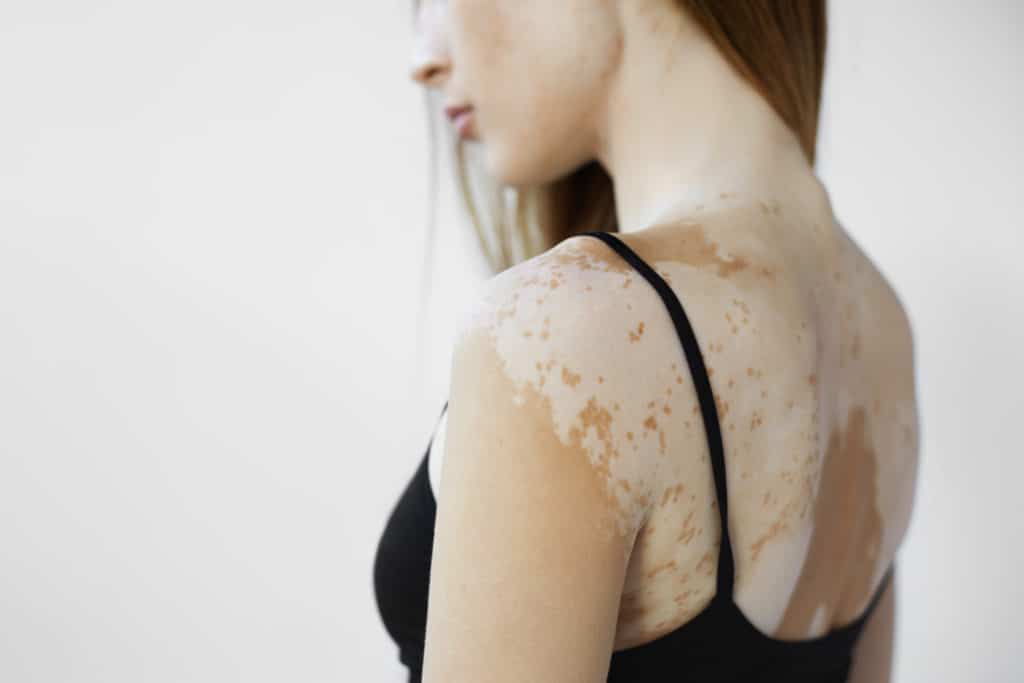
Can Anyone Be a Model?
There might appear to be strict requirements when it comes to modelling, but there have been enough people breaking those stereotypes to show that anyone has a chance to be a model. Whether you have scars or disabilities, you shouldn’t let your “imperfections” hold you back – in fact, you might even be able to use them to your advantage. As the fashion industry becomes more inclusive, brands are looking for people with a different look and who stand out from the crowd.
What Makes a Model Stand Out?
It’s impossible to pinpoint the exact requirements for a successful model as they are all completely different. While the standards are generalised and strict, many top models have shown it is possible to break the “rules” and still forge a successful career regardless of whether or not they meet the requirements.
A model must feel comfortable in their own skin; only then will they show the confidence required to succeed in the modelling world. A self-conscious model (or a model who can’t hide their nerves) will not do as well as a confident, self-assured model.
A model’s personality will always be considered, particularly if the media becomes interested. It’s important that a model is kind and considerate to everyone they meet.
Genetics and good fortune are what most top models thank for their success. Facial features and body shapes come from genes; it is said that very few of the world’s population have the right proportions to succeed in high fashion because they are so uncommon. Generally, diversity is an issue within the modelling industry, though efforts have been made to have more inclusive representation by brands and agencies.
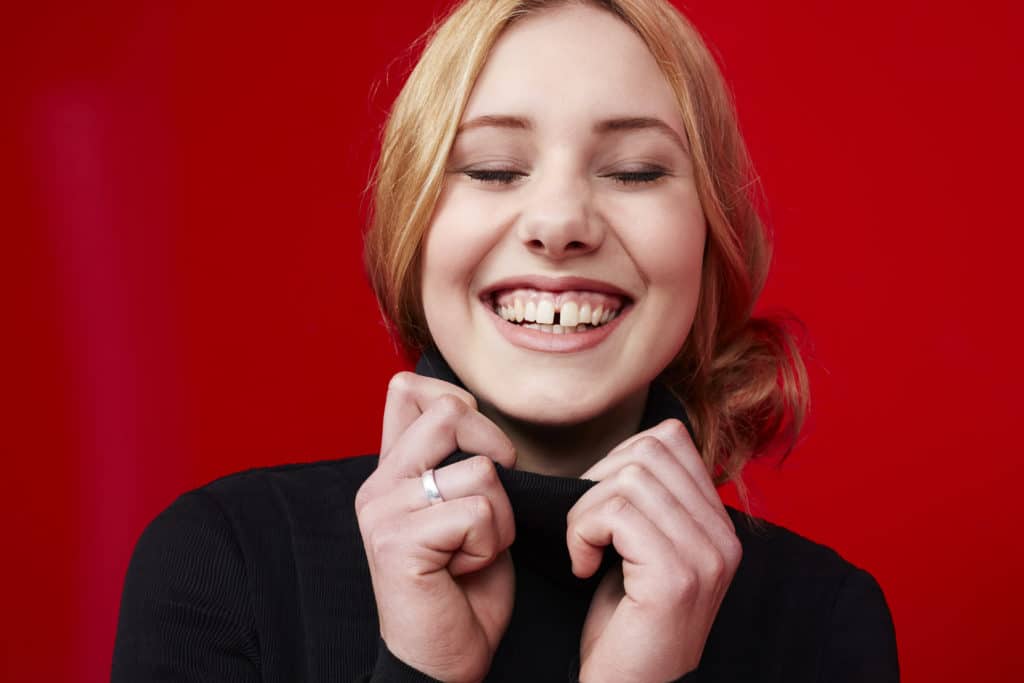
How to Hide Your Flaws
Firstly, consider whether your “flaw” needs to be hidden at all. Many models choose to cover their acne, stretch marks or scars, while others enhance the appearance of their freckles or wide-set eyes to use them to their advantage. Cindy Crawford was famously told to remove her beauty mole in her youth – only for it to become a defining feature later on in her career.
Our imperfections make us human, and beauty can be found in them. Some photographers love to take photos of unusual appearances because they are experts in revealing the beauty in everyone and everything. If you are concerned about a flaw, it might be worth booking in for a photoshoot and attempting to model with it as a way to help boost your confidence and see whether you can learn to see the beauty in it.
If you have an uncomfortable skin condition such as acne, psoriasis or eczema, it may be worth visiting your doctor to see if they can help to treat it and alleviate symptoms. Don’t suffer in silence; ask for help from the right people.
Beauty is in the eye of the beholder; if you receive criticism for a flaw at some point, that doesn’t mean the opinion is a fact. You may get turned away from an agency for your imperfection, while another may hire you for it.
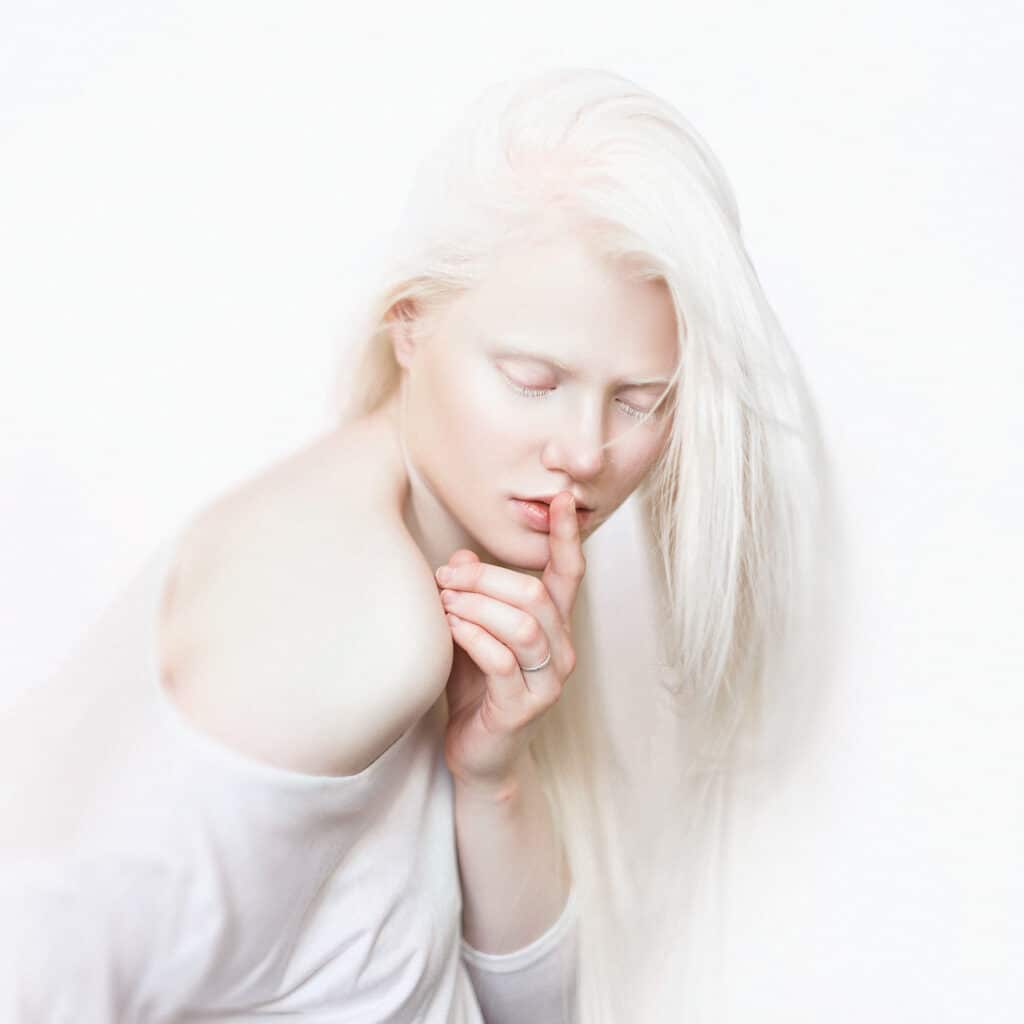
How to Get Noticed As a Model
It doesn’t matter how good looking you are, you must stand out from the thousands of other aspiring models. Getting noticed in such a competitive industry can be very difficult, but there are some things you can do to help boost your chances of success.
Social media. Use social media platforms such as Instagram to help boost your exposure and gain followers and fans. The more fans you have the more attention you will draw from brands. Advertising opportunities will soon crop up and these can then become brand deals.
Portfolio. Make sure your modelling portfolio is as professional and eye-catching as it can possibly be. your modelling portfolio is like your CV. It will be seen by any agency you apply to and all brands you interview to work with.
Have a style. Having your own stand-out style will really help you to be noticed by both fans and brands. You don’t have to wear designer labels to be fashionable; use your creativity and check out your local charity shops for some bargain items that you can layer or re-shape for your own purposes.
Network. Getting to know others within the industry will really help to boost your opportunities for a successful modelling career.
Practice. Be creative! Practice different poses, try different hair and make-up looks, wear different clothes. Experiment to find out what works for you and do what you can to stand out from the crowd.
Own your unusual look. Lara Stone rocked her gap tooth, Nastya Kumarova stuns with her albinism and Madeline Stuart does not let her diagnoses of down syndrome hold her back. Whatever your imperfection, own it – you may find it to be your most effective tool for success.
